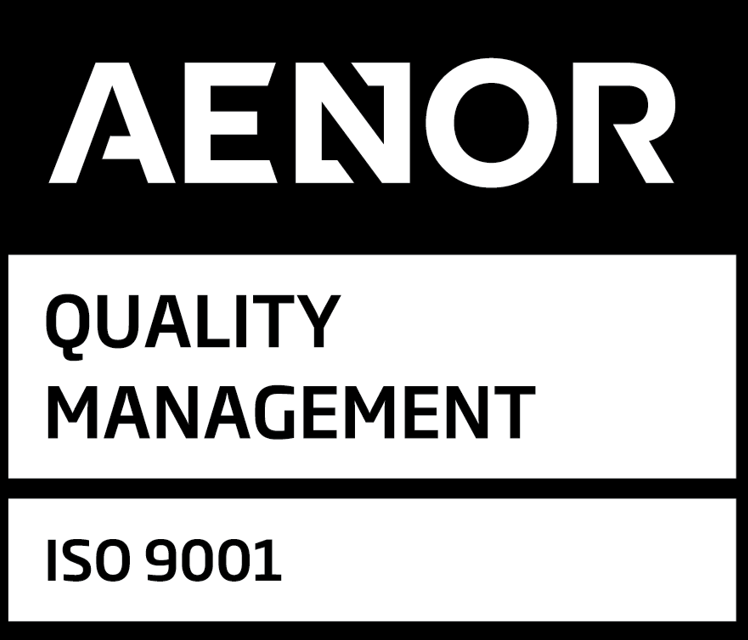What’s new
TGA IVD companion diagnostics requirements are now clearly explained in the Therapeutic Goods Administration’s guidance on IVD companion diagnostics (CDx) in Australia (updated 16 October 2025). Their revised companion diagnostics framework, adds process diagrams, a companion testing plan concept for medicine/biological sponsors, clearer clinical performance expectations, and case studies showing how the pathway works in practice.
This blog post summarises the definition of a CDx, Class 3 IVD classification, ARTG inclusion, companion testing plans, and the TGA CDx List.
What is a CDx under Australian law?
A companion diagnostic is an IVD (commercial or in‑house) that provides information essential for the safe and effective use of a corresponding medicine or biological—for patient selection, risk of serious adverse reactions, or treatment monitoring. To qualify, the test must be referenced in the Product Information (PI) for the medicine or in the Instructions for Use (IFU) of the biological. Tests used only for cell/tissue compatibility are excluded from the CDx definition.
This definition underpins the TGA IVD companion diagnostics requirements for medicines and biologicals that rely on patient selection testing.
Note: The term “a particular medicine or biological” can also cover a class of products with a similar mechanism of action, not only a single named product.
When does an indication require CDx testing?
An indication requires CDx testing when both:
- the medicine’s PI (or biological IFU) states that CDx testing is essential, and
- the CDx claims it is intended for that testing to enable use of the medicine/biological.
This may apply to some (not all) indications of a medicine.
To aid transparency, the TGA recommends a PI “flag phrase” indicating that testing is essential and that clinical practice testing should be adequately comparable to the pivotal trial testing; the TGA also publishes a CDx List of approved tests.
How the TGA applies CDx requirements: Class 3 IVDs and ARTG inclusion
- Classification: Under TGA IVD companion diagnostics requirements, all CDx—commercial and in-house—are Class 3 IVDs (including in‑house CDx).
- Separate ARTG entries: Each CDx requires its own ARTG inclusion with a Unique Product Identifier (UPI) defined by the manufacturer.
- Application audit: CDx applications are subject to a mandatory application audit unless supported by specified comparable overseas regulator documentation (e.g., EU IVDR, FDA PMA, PMDA, HSA, Health Canada).
- Concurrent submissions: While encouraged, concurrent medicine/CDx submissions are not mandatory; however, a CDx application should only be submitted if the corresponding indication is approved or under concurrent review.
From companion testing plans to ARTG submissions, MDx CRO streamlines the end-to-end CDx pathway in Australia, aligning clinical, regulatory, and quality workstreams to the TGA’s expectations.
The companion testing plan (for medicine/biological sponsors)
Every new indication that requires CDx testing must include a companion testing plan (dated and version‑controlled) describing how Australian patients will access at least one adequate test. This is central to meeting TGA IVD companion diagnostics requirements. Four options are available:
- Option 1: A commercial CDx ARTG application is planned/underway (provide device submission details and sponsor contact).
- Option 2: An in‑house IVD CDx will be accredited under the National Pathology Accreditation Scheme (provide lab details, accreditation timeline, and quality/access reassurances).
- Option 3: Standard Australian testing is expected to deliver comparable clinical outcomes to the pivotal trials (provide detailed justification).
- Option 4: None of the above—TGA reviews full device data within the medicine dossier (appropriate when no onshore testing is expected).
If Option 4 is used, TGA may add a condition of registration requiring the sponsor to maintain and update the plan (e.g., in case of supply interruption, regulatory action, or material changes to test methodology). Approval of an indication can proceed even when no ARTG‑listed or accredited CDx is available, provided an adequate plan exists; however, a commercial CDx must be in the ARTG (or an in‑house CDx accredited) before supply in Australia.
Clinical trial assay evaluation & comparability
When an indication requires CDx testing, TGA evaluates the clinical trial assay used in the pivotal studies—reviewing scientific validity, analytical performance, clinical performance, and clinical utility. Subsequent CDx must show clinical comparability to the trial assay, typically via concordance and/or bridging studies (or other appropriate evidence) aligned to the trial assay’s core characteristics.
Responsibilities at a glance
Medicine/Biological sponsors must:
- Use the TGA CDx identification guide to determine if CDx testing is essential.
- Consider consequences of false positives/negatives, test failures or no result.
- Include: (a) evidence to support evaluation of the clinical trial assay, and (b) a companion testing plan nominating at least one adequate test.
- Note: The framework does not require a one‑to‑one link between an indication and a single proprietary CDx; it focuses on the core characteristics of testing.
Device sponsors must:
- Submit an IVD medical device application for ARTG inclusion of the CDx (indicating the application is for a CDx and providing the UPI).
- Demonstrate comparability to pivotal trial testing and meet Essential Principles; applications may undergo audit as above.
- Ensure the corresponding indication is approved or under concurrent review.
In-house IVD CDx, NATA accreditation and NPAAC obligations
Pathology laboratories may develop/modify in‑house tests for use as CDx. Class 1–3 in‑house IVDs are not included in the ARTG, but require NATA accreditation, identification of CDx in the TGA notification test list, and compliance with the NPAAC standard. Under a NATA–TGA MoU, NATA can request TGA technical assistance during evaluation of in‑house CDx performance; TGA is not otherwise involved in the accreditation decision.
TGA CDx List
The TGA publishes a CDx List showing approved commercial CDx linked to corresponding indications (with in‑house CDx to be added). The list is informational (not a regulatory instrument) and may lag recent approvals by up to one month.
Transitional arrangements and change control
- Transition: CDx previously included in the ARTG as Class 2 or 3 before 1 Feb 2020 (and certain in‑house IVDs) may continue supply until 31 Dec 2028; a new compliant application is required to continue supply thereafter.
- Changes: Sponsors manage post‑market device changes via the TGA Device Change Request process.
Key takeaways (quick reference)
- All CDx are Class 3 IVDs and require separate ARTG inclusion (commercial) or NATA accreditation (in‑house).
- Every relevant medicine/biological indication must include a companion testing plan (Options 1–4).
- TGA assesses the clinical trial assay and expects comparability evidence for subsequent CDx.
- Approval can proceed without on‑shore CDx if a robust plan exists, but supply requires ARTG inclusion or in‑house accreditation.
FAQs
Are all CDx Class 3 IVDs in Australia?
Yes. The regulations specify all CDx (commercial and in‑house) are Class 3 IVDs.
Can an indication be approved if no Australian CDx is available yet?
Yes—if a suitable companion testing plan is in place; however, a commercial CDx must be in the ARTG (or an in‑house CDx accredited) before legal supply.
What goes into a companion testing plan?
Identify at least one adequate test and choose Option 1–4 with supporting details (e.g., ARTG application in progress, in‑house accreditation, justification that standard testing is adequate, or full device data reviewed within the medicine dossier).
Will the PI show that CDx testing is essential?
The TGA recommends a PI “flag phrase” indicating testing is essential and should be comparable to trial testing; approved tests appear on the TGA CDx List.








